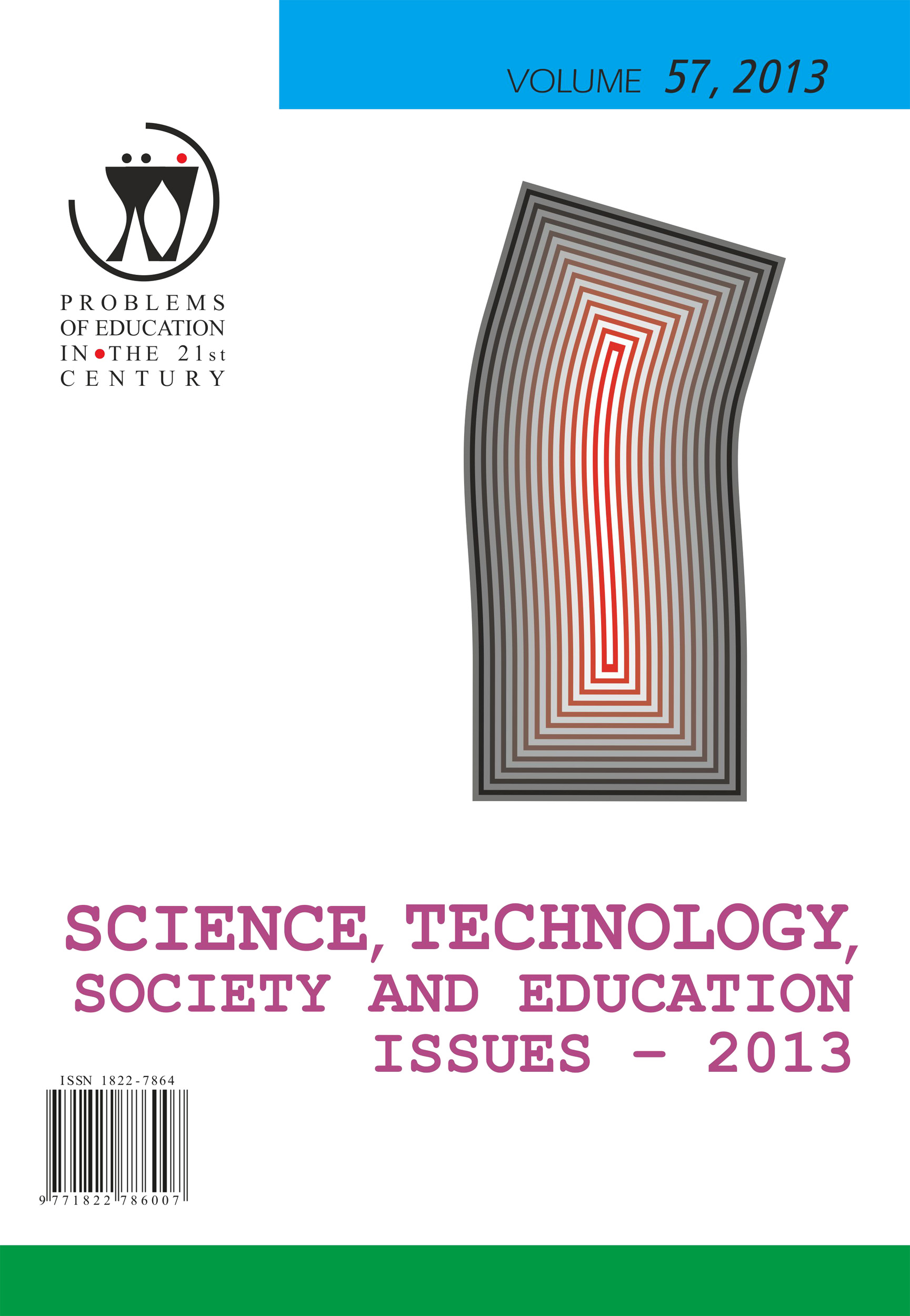SOCIAL NETWORKING WEBSITES FROM THE POINT OF VIEW OF UNIVERSITY STUDENTS: A COMPARATIVE ANALYSIS
SOCIAL NETWORKING WEBSITES FROM THE POINT OF VIEW OF UNIVERSITY STUDENTS: A COMPARATIVE ANALYSIS
Author(s): Vincentas Lamanauskas, Violeta Šlekienė, Loreta Ragulienė, Dragos Daniel Iordache, Costin PRIBEANU, Martin Bílek, Bulent Cavas, Tetiana MazurokSubject(s): Education, Higher Education , ICT Information and Communications Technologies
Published by: Scientia Socialis, UAB
Keywords: comparative analysis; ICT; social networking websites; university students;
Summary/Abstract: The use of social networking websites is becoming increasingly popular. While there are many reasons for this, the rapid spread of ICT is one of the most determining factors. New technologies provide various possibilities for education and in relation to social networking websites it is worth emphasizing their diverse possibilities. The functionality of social networking websites is increasing, and this, in its own way, opens many possibilities for the consumers, a factor encouraging the usage of social networking sites. This research relates to the usage of social networking websites. The purpose of the research is to ascertain how university students from a range of European countries (Lithuania, Romania, Ukraine, Czech Republic, Turkey) use social networking websites; how they value them; what opinion they have about various social networking websites; what they know about them. A questionnaire, Social Networks, with 16 questions was used in the research. The breakdown of the questions is as follows: 3 questions were allotted to establishing the characteristics of the respondents and 5 open ended type questions were to possible advantages and disadvantages of SNW. The 6th question was assigned to evaluate the frequency of social networking website usage. A list of 23 main networking websites was presented. The 8th question was to evaluate the functions of social networking websites (e.g., communication, advertisement, friend search, information exchange and so on). In addition, the questionnaire also presented 26 various type statements about social networking websites and respondents were asked to evaluate these by applying the interval Likert scale (from “Completely agree” to “Completely disagree”). The original questionnaire was translated into the national languages by the local researchers involved in the study. This education research was carried out in 2012-2013, recognizing that it is especially important to understand the essential motives of using social networking websites, to analyze their probable advantages and disadvantages, to make some comparisons among students from the different countries. The findings illustrated that the respondents knew a lot of social networking websites, with the most frequently visited and most popular being: You Tube, Facebook and Google+. The most important functions put forward by the university students were: communication, learning and exchanging information, texting. Gender differences were noted in the case of valuing social networking websites.The university students pointed out the following SN website advantages: (a) the possibility to communicate with many people at one time, (b) to get in touch with the people seen long ago also with the friends and relatives living abroad, (c) the possibility to find proper information and share it, etc.The respondents also noted that SN website had disadvantages. They indicated: lack of information publicity, a lack of privacy, insecurity in presented data, possible lies, deceptions, etc.
Journal: Problems of Education in the 21st Century
- Issue Year: 57/2013
- Issue No: 1
- Page Range: 61-78
- Page Count: 18
- Language: English

